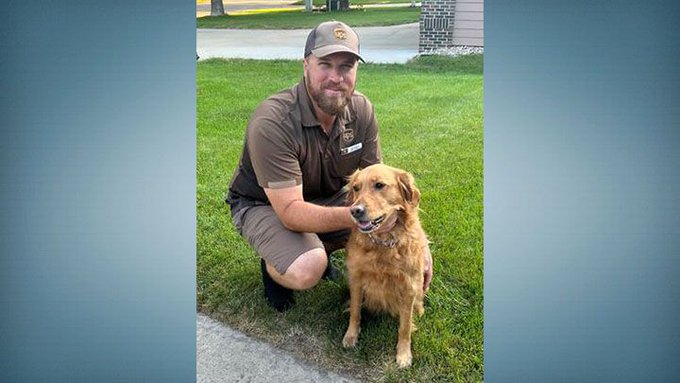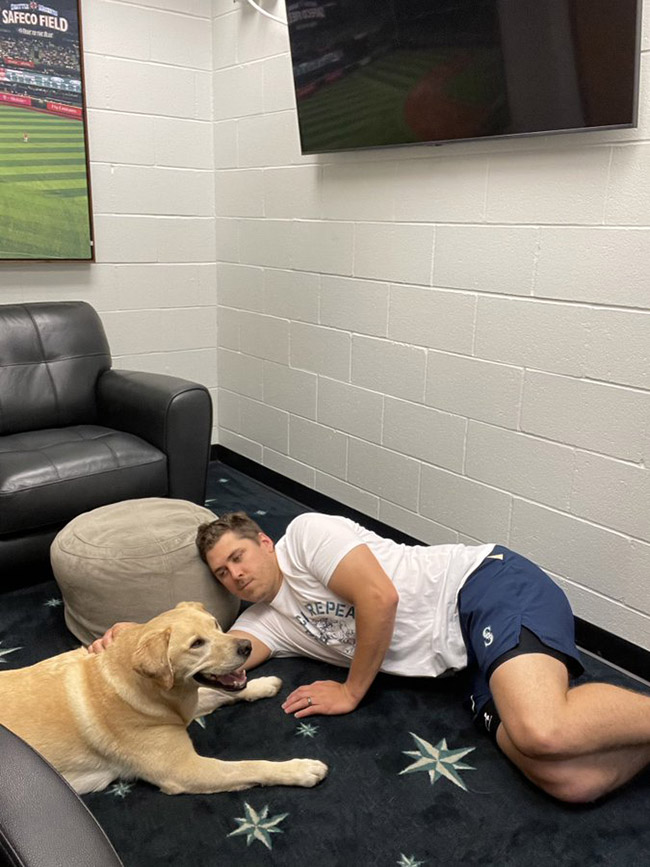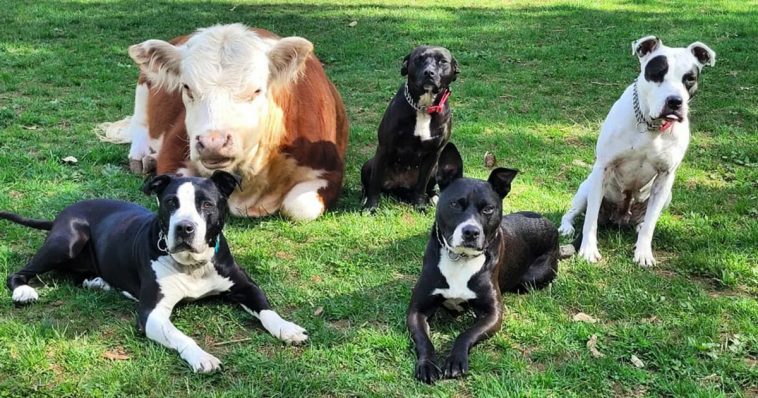Catnip, or Nepeta cataria, is a plant that commonly grows in North America, the herb belongs to the mint family and has feather-like, light-green foliage with lavender flowers. The flowers supposedly relieve coughs when they are used to make tea and it’s also one of the main ingredients in some natural bug sprays.
Cats have the vomeronasal gland, which is an extra scent organ in the roof of their mouth that works as a special pathway that transfers scents from the nose and mouth all the way to the brain. An oil found within the catnip plant called Nepetalactone is what causes behavioral changes in cats.
Last year, Nikki Byrne wanted to fill her terra-cotta pots with herbs, but she was a little late and the only healthy-looking plant left in the local nursery was the catnip. She never expected anything to happen after only planting a couple of pots, but boy was she wrong.
It wasn’t long before the cats started showing up. Mister, the old tabby continued visiting every day, and Byrne noticed he did not have a collar and looked a little rough, so she decided to start putting water and food out for him.
“I didn’t grow up with cats, and I guess I’ve never really been around cats too much, so I didn’t really understand that some of them find catnip irresistible,”
“Shortly after planting it, I heard a little commotion outside one morning. I looked out the window, and there was a big old tabby cat up on the fence. He’d managed to knock one of the pots of catnip down when he was going after it.” Byrne told us.
“I didn’t grow up with cats, and I guess I’ve never really been around cats too much, so I didn’t really understand that some of them find catnip irresistible,”

Byrne nicknamed old tabby Mister.
Mister, the old tabby continued visiting every day.
Byrne nicknamed old tabby Mister.
The old tabby enjoyed spending time in Byrne’s yard because he must’ve deemed it safe.
Soon after that, every generation of Mister’s kids started showing up to play and frolic next to their dad.
Byrne converted her yard into a playground for stray cats, adding a heated cat house, multiple toys, scratching posts, and tunnels.
The old tabby enjoyed spending time in Byrne’s yard because he must’ve deemed it safe.

While the kids played, Mister preferred watching from a distance.
“We’ve had to work really hard to show him we’re not dangerous, whereas the little ones will swarm all over you,” Byrne said. “They’re really friendly.”
While the kids played, Mister preferred watching from a distance.

“Can’t figure out why these kitties keep coming back.”
“Success!! So proud of his progress.”
“He didn’t seem like a cat who’d ever been successfully approached by humans before,” Byrne said. “I let him call the shots, and now we can actually approach him and he’ll eat treats out of my hand — I can even pet him.”
As much as Byrne enjoyed having those cute kittens in her life, she knew they need a more permanent solution because treats and toys weren’t going to cut it. Trap-neuter-return required the help of a local community cat organization in San Luis Obispo county.
Byrne has helped many generations of cats in her area in just a year. All of that is thanks to the power of catnip planted in a few pots.


